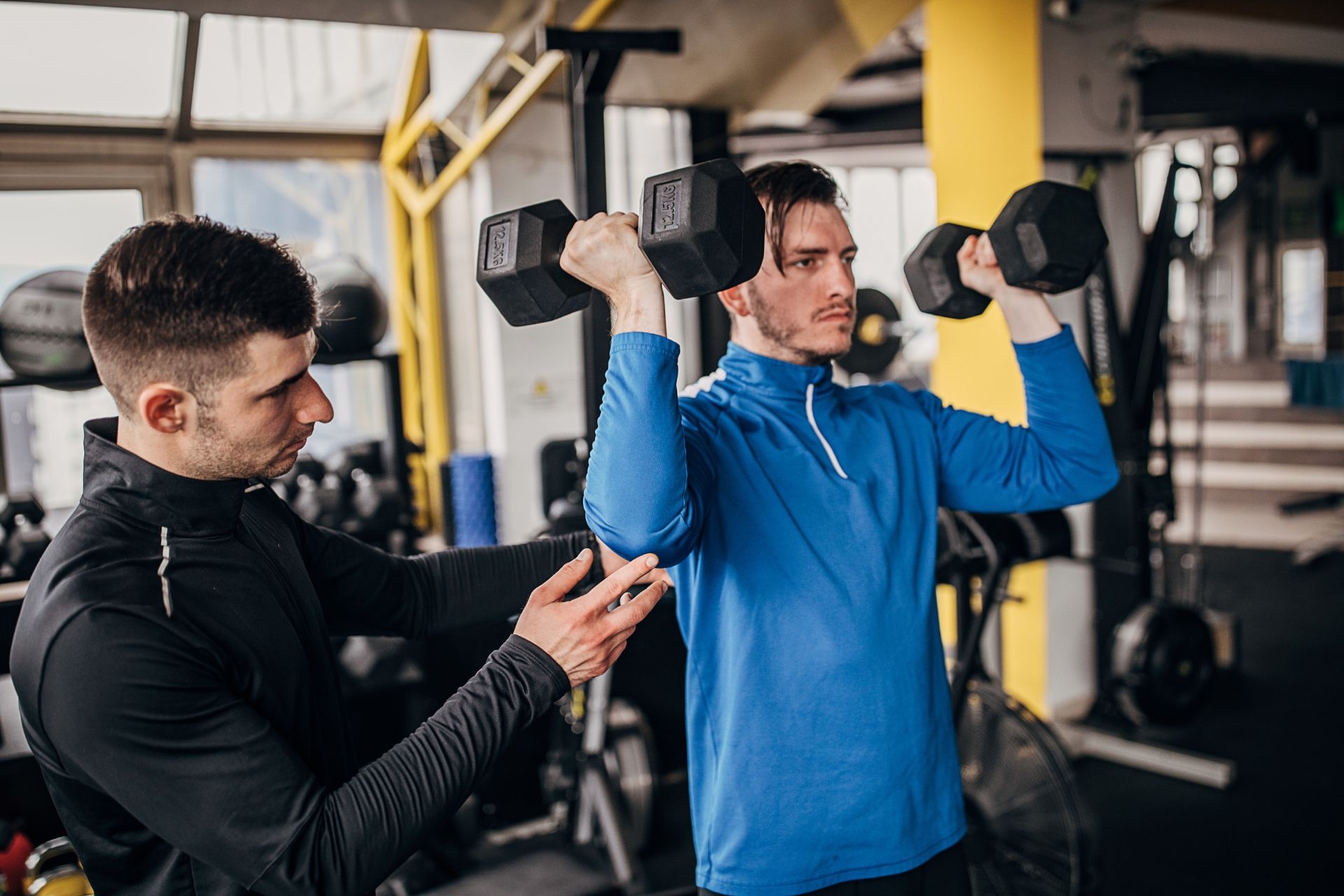Tempo Training
How does tempo training improve athletic performance?
Tempo training improves athletic performance by helping athletes develop better endurance, speed, and overall cardiovascular fitness. By incorporating specific tempo intervals into their workouts, athletes can train their bodies to sustain higher levels of intensity for longer periods of time. This type of training also helps improve muscle strength and power, leading to enhanced performance in various sports and activities.





